There incense plant, Plectranthus coleoidesforms a small ornamental bush that can be grown both in the ground and in pots. The name of this plant is due to the intense smell emanating from the leaves, which is reminiscent of that of incense. It should be noted, however, that real incense is produced from the crystallized resins of other plants, in particular the Boswellia sacra. There Plectranthus coleoides instead it naturally releases this particular aroma, which among other things keeps mosquitoes away in the garden. Furthermore, it is not poisonous either to humans or to other mammals.
We therefore know the botanical characteristics and cultivation techniques of the incense plant.
Identification of Plectranthus coleoides
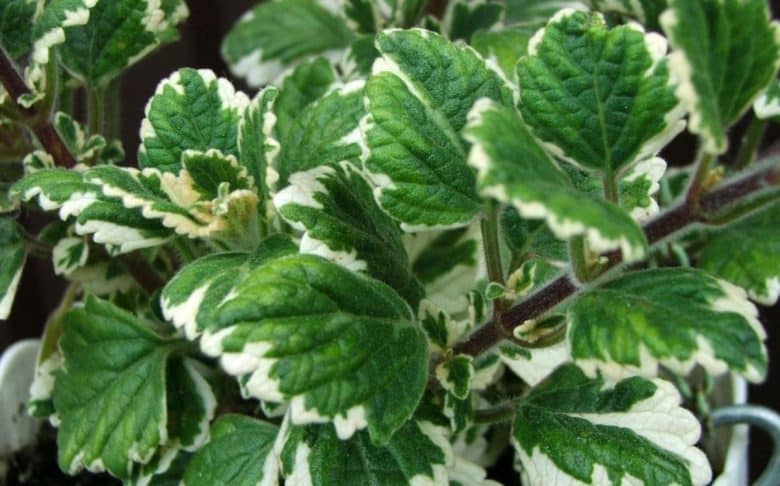
There Plectranthus coleoides it is a plant that belongs to the great botanical family of Lamiaceae or Labiatae. It is therefore, in all respects, an aromatic plant, as the main aromatic species we know belong to this family. We have, for example: basil, peppermint, lemon balm, Origan, Rosemary, salvia officinalis, thyme…
The species is native to the South American continent and is adapted to the subtropical climate.
The incense plant
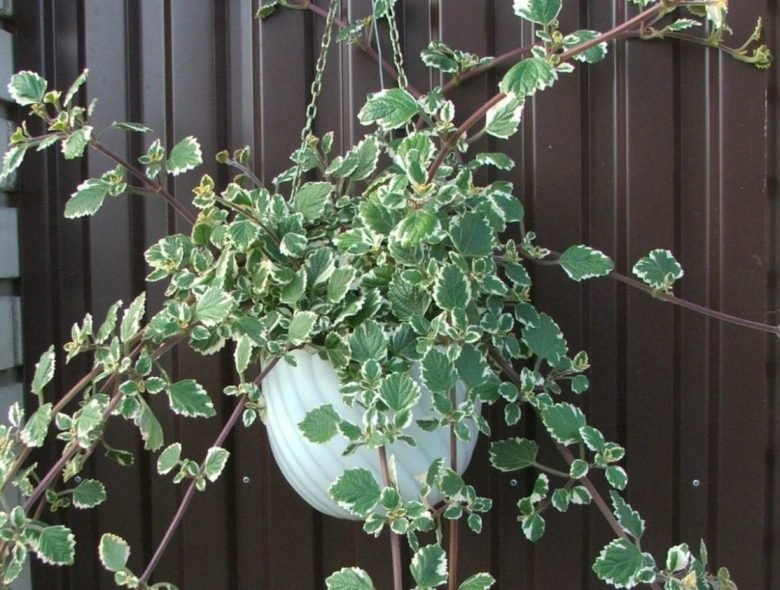
The incense plant is herbaceous and perennial, evergreen, with a habit that can be shrubby or prostrate-creeping (falling into a vase). It has an expanded but superficial root system, from which numerous shoots (stems) are generated, falling to the ground.
In shrub form it does not exceed 60 cm in height, therefore it can be easily grown in pots or in the flower beds of the garden.
Leaves
The leaves are the characteristic feature of the incense plant. They almost entirely cover the stems, forming beautiful tufts. They are heart-shaped, with a toothed margin and a short petiole. They are covered with fine hair, the color is dark green in the larger leaves, light green in the young ones.
Typical is the creamy white variegation, on the whole edge of the leaves. This particular botanical certainly gives ornamental value to the frankincense plant.
The leaves emit an intense, very aromatic and penetrating smell. If you wrinkle even more.
Flowers
The flowering of the frankincense plant also occurs from April to August and is very pleasant. The flowers are bell-shaped and small in size, gathered in terminal spikes. The color is white or pale mauve. Flowering occurs only if the right environmental conditions exist.
How to grow the frankincense plant
Being the incense plant of tropical origin, it is not used to intense cold. And in fact it suffers when temperatures constantly drop below 5 ° C. For this reason it is a plant that is grown mainly in pots, so that it can be brought indoors and taken care of during the harsh winter months.
In the open ground it can be grown in the southern regions, which rarely suffer from frosts and too low temperatures during the day.
Exposure
At home or in the garden it is good to choose very bright locations for the incense plant. The light must arrive well and the air must circulate, so that the plant can benefit from it and grow stronger. However, full sun all day is not recommended, especially in the summer months. Therefore the best position is the partial shade in the garden, on a window sill in the house. The plant is excellent for creating hanging pots, with drooping stems, so it will not be difficult to find the most suitable light.
Sowing
One of the peculiarities of the incense plant is the ease of reproduction, which can take place from seed, by subdivision of the tufts or by cutting. Multiplication from seeds (found here) it is recommended for those who want to start from scratch.
Sowing can take place in spring or late winter in a heated seedbed. The soil must always be kept well moist and it is better to avoid direct exposure to the sun.
Cutting
Reproduction by cuttings is easy, as the frankincense plant has a great ability to emit new roots. The cut must be made at the apex, so we will have an apical cutting. A sprig with leaves of about 10/15 is taken and immersed in warm water. After a few days it will emit new roots in the portion under water and can be transferred to pots.
Subdivision of the tufts
This is an operation that can be done at the time of repotting. It must occur when the size of the previous container suffocates the root system. At this moment, the roots divide and the shoots separate, which will easily take root in a new substrate.
The soil for growing the frankincense plant
The incense plant prefers i soft soils and with a fine texture, i.e. with few stones. The Ideal pH is sub-acidicbetween 5.8 and 6.
The soil for growing in pots it can be prepared with a mix of sand 10% organic fertilizer 10% peat (like this one) 30%. Organic fertilizer can be manure, earthworm humus or home compost.
In the open ground in the garden you can prepare the soil by amending peat and fertilizer. At the end of the work the soil mix must be soft and homogeneous.
Transplant or repotting
In spring, when the frosts are over, planting in the ground or repotting in larger containers can be carried out. Incense seedlings are easy to find in nurseries, but you can also find on the net The newly purchased plants must be repotted immediately, especially if the roots have exhausted all the space available to them.
Irrigation
The frankincense plant does not tolerate drought for long, therefore, especially if grown in pots, it needs to regular watering. It loves humidity, so it is a good idea to spray the leaves with water early in the morning (practice to be avoided at other times). But be careful not to create water stagnation with the saucer, as they can cause root rot and leaf diseases.
Fertilization
Once a year the incense plant needs organic fertilization. An excellent fertilizer in this sense can be i ground lupins. The best time for fertilization is autumn, when the plant is at rest and accumulates nutritional reserves.
Pruning
The frankincense plant does not require any details pruning operations. We can limit ourselves to shortening the tips to strengthen the basal part, but doing so would jeopardize future flowering. Dry or broken stems should be eliminated by cutting them at the base.
Parasites and diseases
The most common pests on the frankincense plant are the aphids and the red spider. For both, a good solution is to spray the affected part of the vegetation using water and natural Marseille soap.
The other pests are deterred from infesting the frankincense plant due to the strong smell of the leaves. It is well known in this sense that the Plectranthus coleoides keeps mosquitoes away, so it can be used as an ally in the garden.
Among the diseases it is common thepowdery mildewsimilar to how it is shown on plants of salvia officinalis. This occurs when there is poor ventilation and water stagnation, so try to keep the plant airy and dry.
At the first spots of the white malady, therefore, intervene by spraying the leaves with water and sodium bicarbonateat a dosage of 5 g per 1 liter.

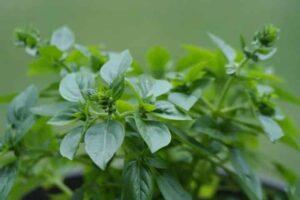
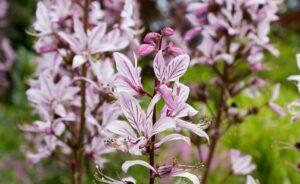
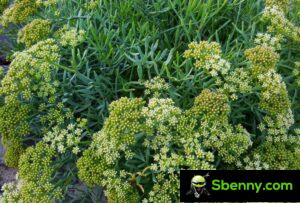
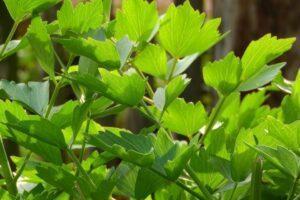
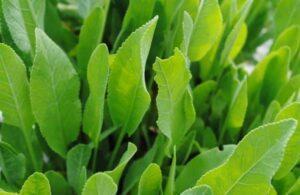
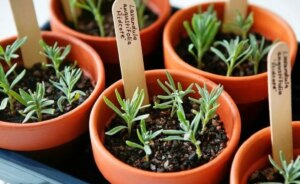
Start a new Thread